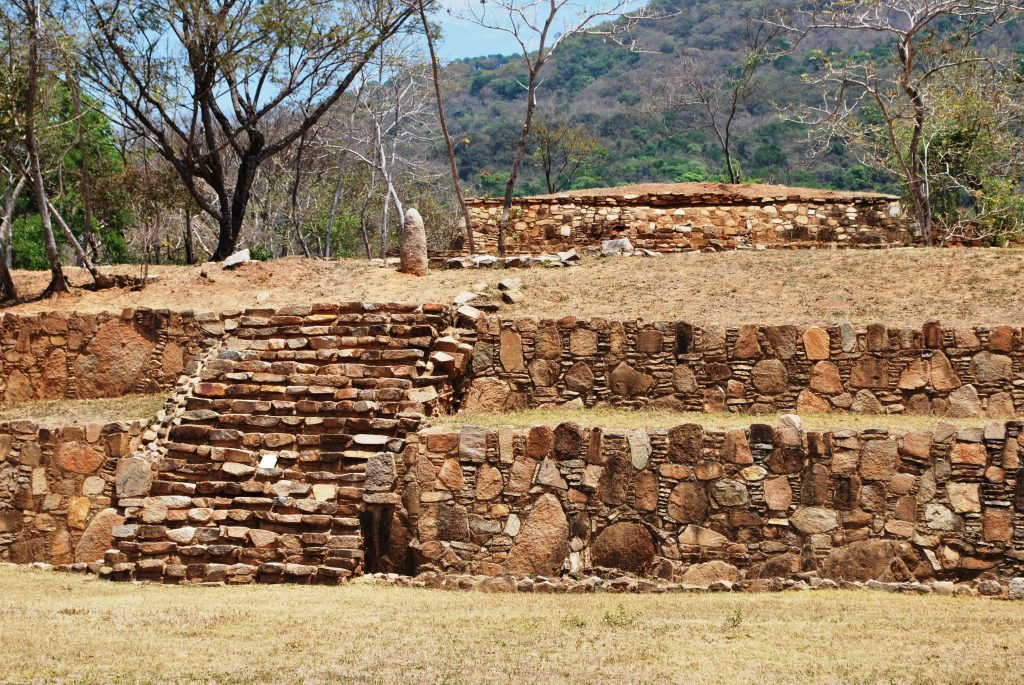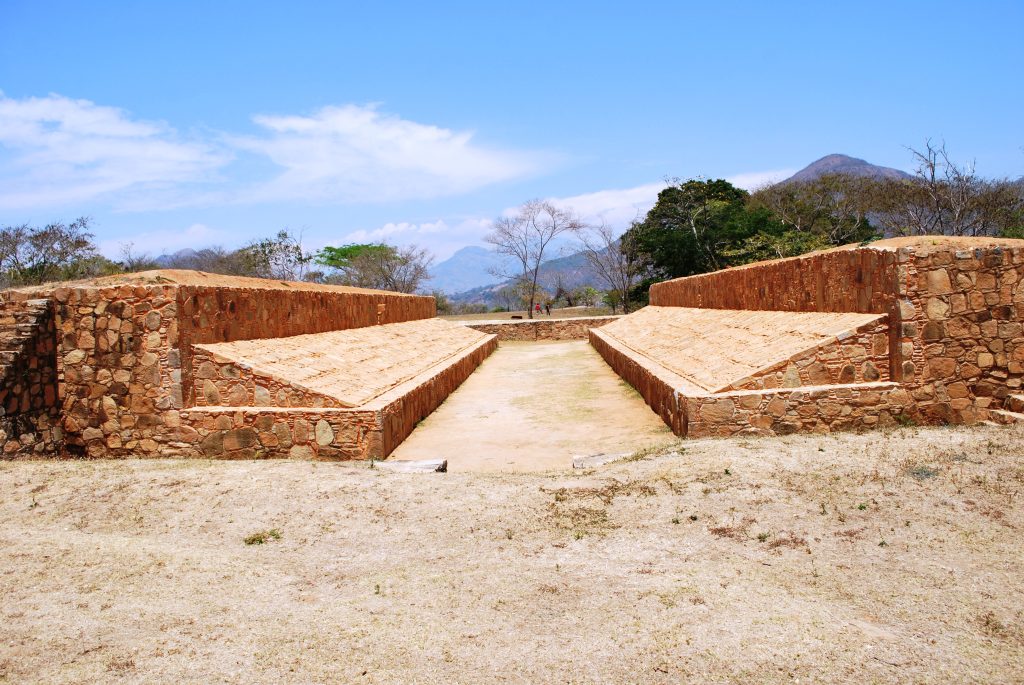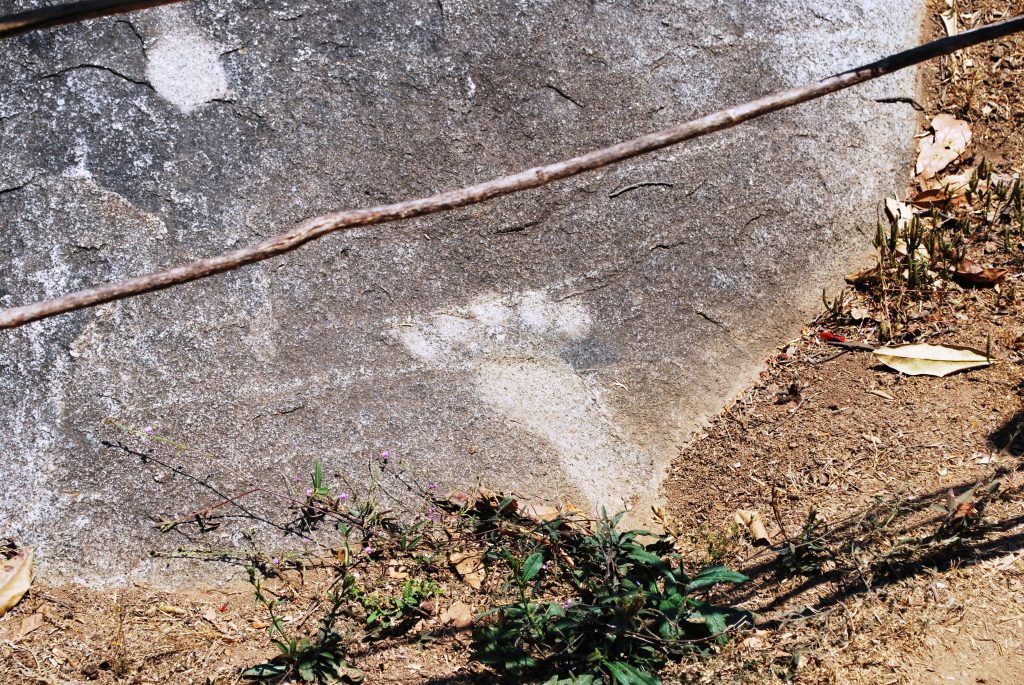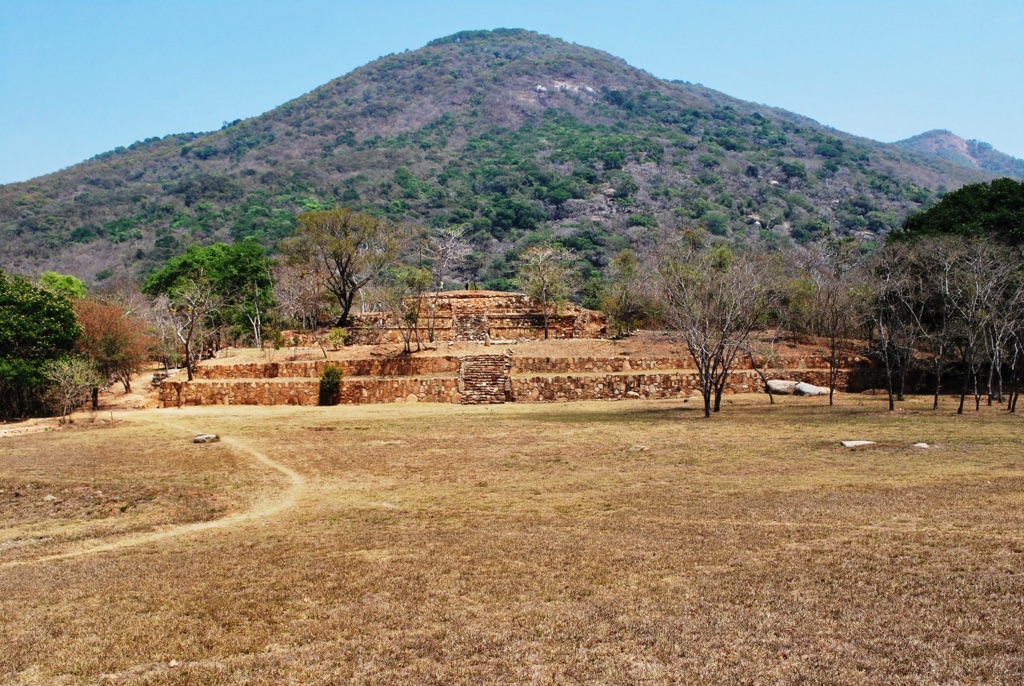Introduction to Tehuacalco
Tehuacalco, an archaeological site of significant historical importance, is located in the state of Guerrero, near Chilpancingo, Mexico. This site holds the distinction of being the first to be associated with the Yope people, an indigenous group whose presence and cultural practices have been largely enigmatic. Excavations in the 2000s have shed light on the ceremonial and societal structures of the Yope, offering insights into their way of life, religious practices, and interactions with neighboring cultures.
Get your dose of History via Email
Location and Environment
Tehuacalco is situated on a hill surrounded by mountains, a geographic feature that played a central role in the religious and cultural practices of the Yope people. These mountains, including Compuerta, Capulín, Tierra Colorada, and Gavilpan, were not only markers of the cardinal directions but also held spiritual significance, with Compuerta being pivotal in marking solar events like equinoxes and solstices. The site’s proximity to the Mexico City-Acapulco highway makes it accessible, while its location within a deciduous tropical forest adds to its environmental richness.

Historical Overview
The Yope civilization thrived in Tehuacalco from around 400AD to 1100AD, reaching its zenith between 650AD and 1100AD. The site’s name, derived from Nahuatl, hints at its religious significance, with interpretations such as “place of the stone box,” “house of priests,” or “house of the sacred water.” The Yope society was characterized by sedentary farming, a hierarchical social structure, and a diet that included corn and hunted meat. Their religious beliefs were deeply intertwined with the natural world, viewing mountains as sacred entities and the sun as a deity that required sustenance.
Despite their resilience and complex societal structures, the Yope could not withstand the Spanish Conquest, which led to their decimation and dispersion. However, Tehuacalco’s significance as a ceremonial center and its resistance to Aztec conquest highlight the Yope’s enduring legacy.

Composition of Tehuacalco
Tehuacalco’s architectural and ceremonial complexity is evident in its structures and natural surroundings. The site includes pyramidal structures, a Mesoamerican ball court, and caves with offerings related to sun worship. Its orientation towards Compuerta Mountain for marking solar events underscores its significance in archaeoastronomy. The construction style, utilizing boulders, flat rock, and red clay, is notable for its earthquake resilience.
Key structures include the Palace, the Main Temple (Encinera), the Templo del Espejo de Agua, and Platform W, each serving distinct ceremonial or residential purposes. The site’s layout, with a central plaza surrounded by pyramid bases and other structures, reflects its role as a ceremonial center. The presence of rock etchings and caves with offerings further emphasizes the Yope’s religious practices and their reverence for natural elements.

At a Glance
- Civilization Name: Yope
- Country Located: Mexico
- Age of Site/Place: Occupied from about 400AD to 1100AD
Tehuacalco stands as a testament to the Yope civilization, offering a glimpse into their religious practices, societal structure, and interactions with the natural world. Its significance, both historically and archaeologically, continues to unfold as excavations and studies reveal more about this ancient culture.
Source: https://en.wikipedia.org/wiki/Tehuacalco

